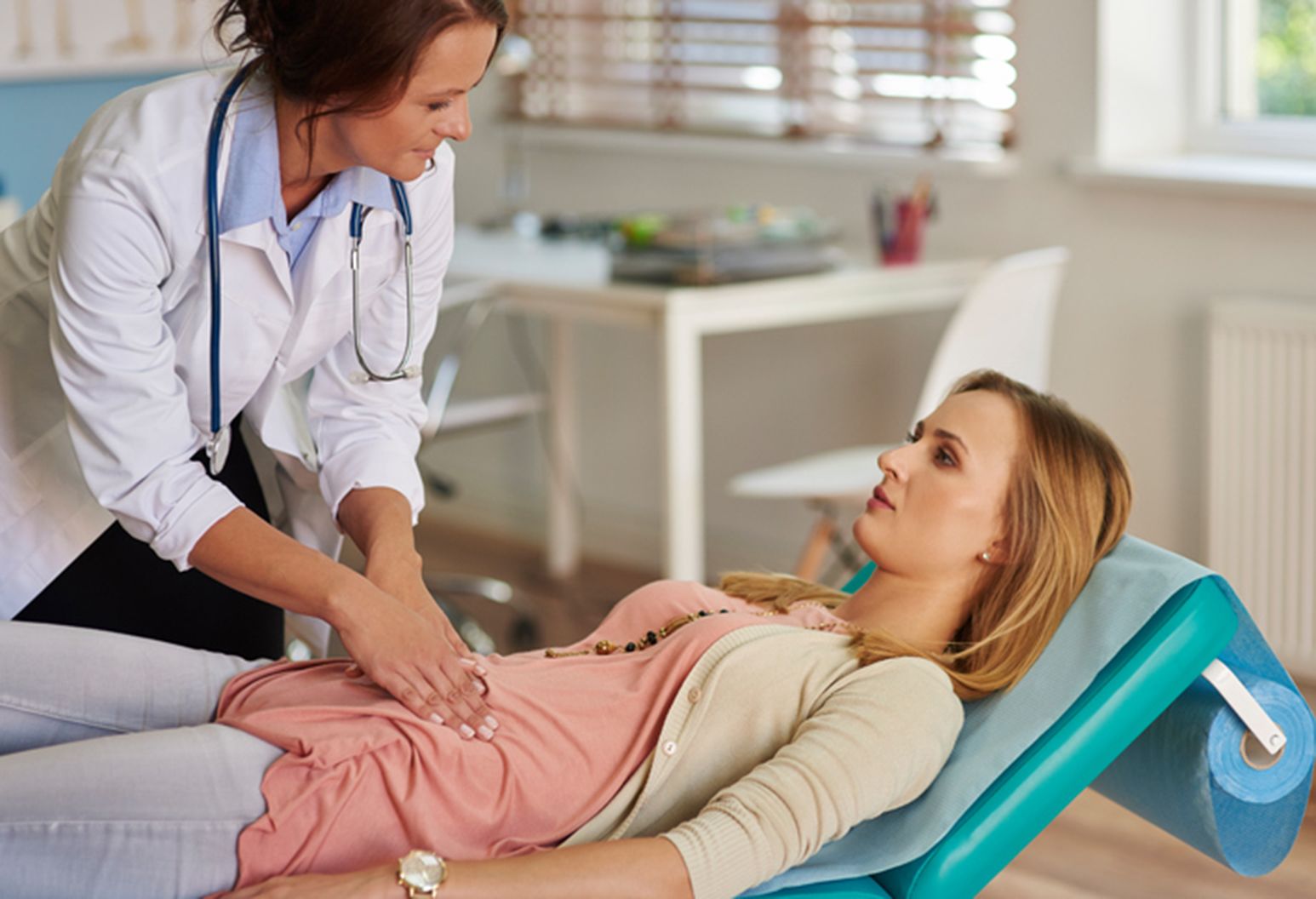Expert insights
Endometriosis: facts for every woman

Approximately 5 million women in North America have endometriosis. Symptoms can range from mild to severe and commonly include painful menstrual cramps (dysmenorrhea), pelvic pain, heavy menstrual bleeding, pain during intercourse or bowel movements and infertility.
Although endometriosis is common, it’s also widely misunderstood and often misdiagnosed. Education is important to increase awareness. We recently joined Dr. Christine Metz, Investigator at the Feinstein Institutes for Medical Research and Professor at the Donald and Barbara Zucker School of Medicine at Hofstra/Northwell, for a Q&A session on the topic of endometriosis. Dr. Metz shared some valuable information and insights.
What is endometriosis?
Endometriosis is characterized by the growth of endometrial tissue or lesions outside of the uterus. These lesions can grow on the lining of the pelvis, internal organs (e.g. the outside of the uterus, ovaries, Fallopian tubes and rectum). In some women, lesions can grow on more distant areas of the body, including the diaphragm, lungs, kidneys and brain.
What causes endometriosis?
The cause of endometriosis is not completely understood. However, many researchers believe that it arises after abnormal menstrual flow where menstrual blood is carried through the fallopian tubes into the pelvic cavity instead of exiting through the vagina. Like the endometrium, which sheds monthly, endometriosis lesions bleed in response to monthly hormone fluctuations. Other factors that may influence endometriosis are genetics and environmental and immune system factors.
How is endometriosis diagnosed?
One of the most frustrating problems for patients with endometriosis is delayed diagnosis, which can take up to 10 years. The diagnosis of endometriosis requires laparoscopic surgery with pathology confirmation of the biopsy specimens. Early diagnosis by a doctor who specializes in treating endometriosis patients is important because early treatment can dramatically improve patient outcomes.
Do pain and other symptoms correlate with the severity of endometriosis?
No. Pain and other symptoms do not always correlate with the severity of the disease.
What are the treatments for endometriosis?
While there is no cure for endometriosis, treatments include non-steroidal anti-inflammatory (NSAID) drugs and other pain relievers, hormonal contraceptives (e.g. birth control pills or vaginal rings), other hormonal agents (e.g. gonadotropin-releasing hormone (GnRH) agonists and antagonists, androgenic agents, progestins and Danazol) and surgery to remove the lesions or the uterus (in severe cases only).
What can women do?
Researchers at the Feinstein Institutes for Medical Research at Northwell Health are looking for women with and without endometriosis to participate in the ROSE (Research OutSmarts Endometriosis) research study. Our goal is to investigate the causes of endometriosis and develop non-invasive diagnostic methods and new treatments for women suffering with endometriosis. For additional information, please contact us at [email protected] or call 516-562-ENDO (3636).
Katz Institute for Women’s Health is also here to answer your questions about endometriosis. Call the Katz Institute for Women’s Health Resource Center at 855-850-5494 to speak to a women’s health specialist.
